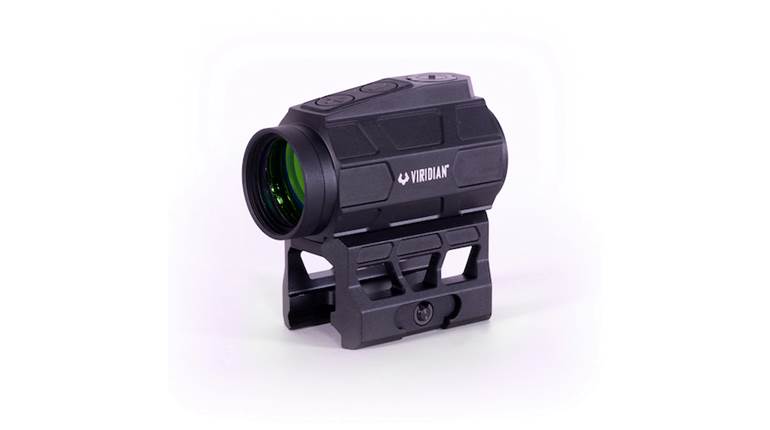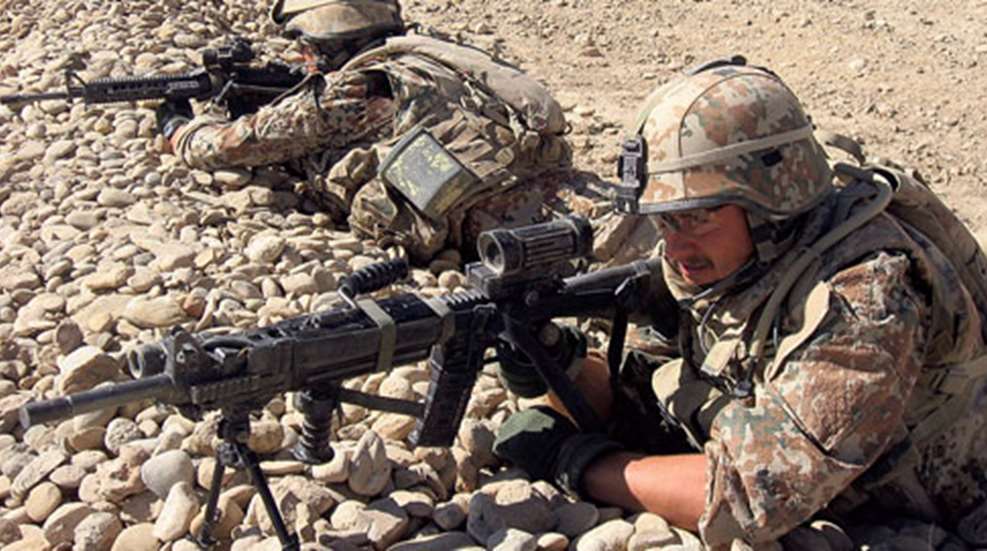
2/21/2013
Canadian involvement with the Colt M16 series of rifles began as a result of that country’s Small Arms Replacement Program (SARP), which sought to supplant the FN-FAL-based C1A1 rifles chambered in 7.62x51 mm NATO that had been in use by Canadian troops from 1955 to 1983. The winner of the program for the new Canadian battle rifle was the Colt M16A2.
After adoption in 1983, the Canadian government assigned Diemaco contracts to manufacture the guns for Canadian Forces, and the Colt Technical Data Package (TDP) was licensed to the Canadian government to build the rifles. The Canadian government also entered into a licensing agreement with Colt that prohibited sales that would compete with Colt in the United States. Originally a division of Magna Int’l, in Kitchener, Ontario, Canada, Diemaco was established in 1976 with a mandate to become the center of excellence in small arms for the Canadian Forces, by providing engineering and development of future small arms and, eventually, to manufacture the new Canadian C7 service rifle.
Although the C7 was based on the M16A2, the Canadian military did not accept it as originally designed by Colt. Our neighbors to the north required some major changes to make the rifle suitable for Canadian Forces. First, the three-round-burst system had to go, as the Canadian military believed ammunition conservation and effectiveness of automatic fire were training issues, not mechanical ones. The second major change was that the Canadians would not accept the U.S. Marine Corps-mandated fully adjustable rear sight, believing the original “A1”-style rear sight was less complicated and far more practical as a combat sight. Another change was the addition of a buttstock spacer.
Aside from those relatively minor modifications, which largely addressed the rifle’s functionality, the most significant change was to the barrel. It retained the M16A2 outside profile, but, inside, the chrome-lined bore, the rifling and chamber dimensions were not of standard Colt design. That was because Diemaco cold-hammer forged its barrels, a process used by Steyr, Heckler & Koch and Glock to name but a few. The barrel starts as a solid bar stock blank with a pilot hole drilled through the center. The blank is then placed in an Austrian GFM hammer forge. A mandrel is placed inside the pilot hole, and the machine exerts tons of pressure on the outside surface in a rapid multi-hammering process drawing the barrel blank out roughly one-and-a-half times its original length and cold-forging the blank around a mandrel, which forms the chamber, leade and rifling.
Along with the C7 family of rifles came the C8 family of carbines, which retained the early 14.5-inch-long lightweight profile, “pencil” barrel. The C8 was equipped with a two-position telescopic polymer stock. Another modification of the C7 utilized a flat-top upper receiver—one the Canadians referred to as having a “Weaver profile.” It predated the adoption of the MIL-STD-1913 rail of the M4 and is not compatible. The new rifle with the flat-top upper receiver was designated C7A1 and, correspondingly, the carbine was designated C8A1. Existing guns could be converted by replacing only the upper receiver while retaining the original barrel. That made a full-scale changeover quick and inexpensive.
Canada was also one of the first nations to adopt an optical sight for every soldier. Most countries at that time, including the United States, issued optics only to snipers or designated marksmen. Canada adopted the indigenously manufactured ELCAN C79 optical sight to top the upper receiver. It gave all soldiers the ability to identify and engage targets at longer ranges because of its 3.4X magnification.
The Canadian Forces eventually required a mid-life upgrade to their C7s and C8s. Pleased with the rifles’ performance and seeing no need to replace them, they wanted to update the designs to address feedback received from the end users in the field. The first change was the replacement of the fixed stock with a telescoping unit, allowing the rifle to be slightly more compact and easier to use with body armor, tactical vests, winter clothing and load-bearing equipment. One of the mandatory requirements was to keep the 20-inch barrel to maintain accuracy and the optimal lethality with service ammunition. Another call was to make the guns ambidextrous, so the Canadian government obtained a license to manufacture the Norgon ambidextrous magazine release in Canada. New ambidextrous selector levers were also installed on the upgraded guns, as well as modified ambidextrous charging-handle release latches. To allow the mounting of light sources and lasers, a Triad rail adapter was added to the front of the rifle on the front sight base, providing mounting positions at 3, 6 and 9 o’clock. Green furniture (handguards, pistol grip and stock) was added to reduce the rifles’ contrast when placed in front of the camouflaged Canadian Pattern (CAD PAT) uniform.
Diemaco entered into the international market with sales to the Netherlands, Denmark, the United Kingdom and Norway. But perhaps the most notable achievement was a special order of modified C8 carbines for Great Britain’s renowned Special Air Services (SAS) Regiment. The SAS spent more money on the testing of new arms than it did for the actual procurement. To meet the SAS’s requirements, Diemaco customized the barrel’s length and profile. The unit’s accuracy requirement could not be met with a 14.5-inch barrel, so the length was extended to 15.7 inches. Due to an extended firing requirement a heavy profile barrel was also developed. A 40 mm LV grenade launcher was to be mounted onto the front sight forging, so a new front sight base was designed to increase that component’s strength. The new design was dubbed the Special Forces Weapon (SFW), and this would go on to be the firm’s crown jewel.
Although never put into production, another M16 variant—the C10 training rifle—was way ahead of its time. The design fired inexpensive .22 Long Rifle cartridges and gave troops the ability to train in indoor ranges that would not allow the use of 5.56x45 mm NATO. The C10’s one-piece polymer lower receiver and buttstock matched the weight and feel of the standard C7 rifle. Diemaco has also made various special-purpose iterations, including the C7CT and C8CT, which are designed to serve as short-range sniper rifles as well as designated marksman rifles.
The Canadian firm also worked with Colt on the development of a more powerful military arm. It was Colt’s Henry Tatro who designed the original Colt Light Machine Gun (LMG) to be a light support weapon (LSW) for sustained, suppressive fire. The LMG incorporates an extra heavy barrel, fully adjustable rear sights and an open-bolt mechanism. The hammer functioned as the bolt carrier release, as well as striking the firing pin. When the trigger is pulled, the connector lowers the hammer out of engagement with the bolt carrier, releasing it forward. At that point the hammer is held by the automatic sear. Once the bolt carrier tripped the sear, the hammer would release to strike the firing pin. Due to lack of funding and an ongoing strike, Colt was unable to complete development, but a team from Diemaco decided it could finish the project and get it to market. Because of its engineering expertise and the firm’s small size, Diemaco was ideal for the job, calling the gun the LSW. The open-bolt mechanism was modified along with many other features. Complete guns were manufactured in Canada, and 30 went to West Hartford, Conn. There Colt changed the lowers out for U.S. lowers prior to sending them on to the U.S. Marine Corps.
Diemaco had manufactured many component parts for Colt Defense through the years, and the two firms worked on joint projects such as the open-bolt LMG, so both companies knew what they were getting into when on June 3, 2005, Colt Defense announced the acquisition of Diemaco. The new company was called Colt Canada. The move enabled Colt Defense to take full advantage of the excellent resources the Canadian firm had to offer, including a professional and well-equipped R&D department with specific expertise in the M16 system.
It was Colt Canada/Diemaco that would sell the LMG to military customers. The Danes and the Dutch were fond of the design but not of the open-bolt mechanism. Both nations wanted a closed bolt, so that is what they got. All of those contract guns were made with closed-bolt operation. Colt Defense ceased sales of the LMG in 2009, but the LSW is still in production by Colt Canada.
The company has designed and sold its own monolithic upper receiver called the Integrated Upper Receiver (IUR). The IUR features a unique one-piece design with a free-floating barrel. The IUR is offered with cold-hammer-forged barrels in lengths of 11.6 inches, 14.5 inches and 15.7 inches. The front sight base has been changed to the Colt Canada-designed folding front sight. The gun is a direct-gas-operated design based on the C8 carbine. The IUR comes standard with ambidextrous magazine catch and selector lever, but its charging handle has the C7A2 ambidextrous latch.
Colt Canada has manufactured and imported guns into the United States destined for law enforcement, specifically the LE6920, LE6933 and the AR6721. The rifles differ from the Colt Defense rifles only in that they have cold-hammer-forged barrels, the Canadian receiver extension and a full Canadian bolt carrier group. The receiver markings are the same with the exception of the “Made In Canada” under Colt Defense’s roll mark. Few of the semi-automatic rifles have made it into the commercial market and are highly sought as collector’s rifles.
The Canadian-made rifles are used by troops from Canada, Great Britain (special forces), Denmark, the Netherlands, Norway (special forces) as well as by Canadian Police Services, and there have been no issues with them—and that use includes extensive combat action. Due to importation restrictions, American gun owners will not likely see too many of the Canadian rifles, but they are a contender in the defense market, and remain one of the finest rifles in the service.












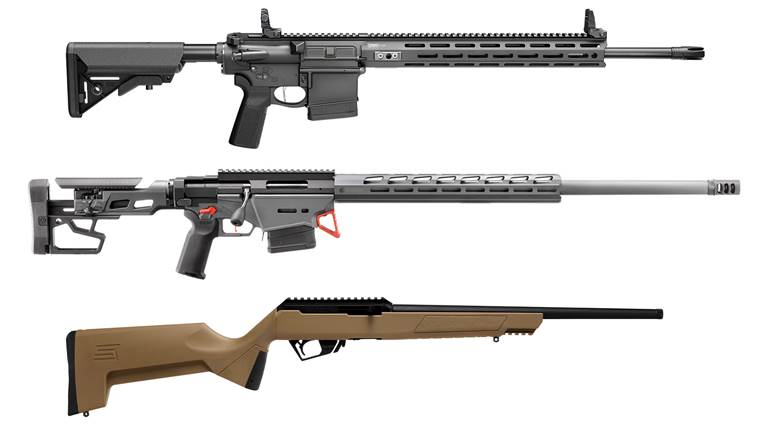
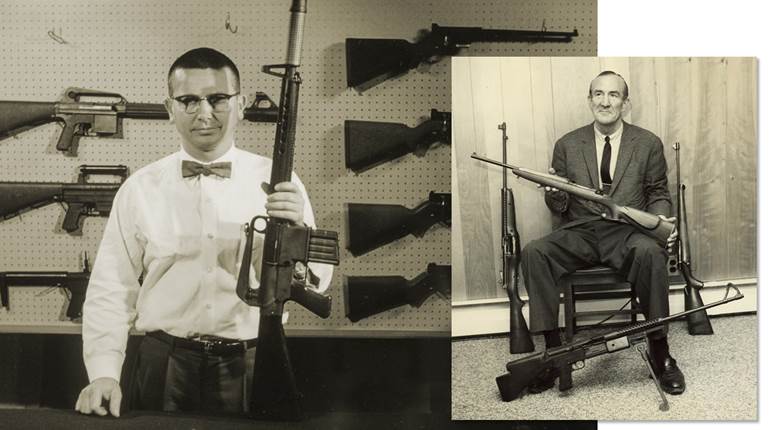
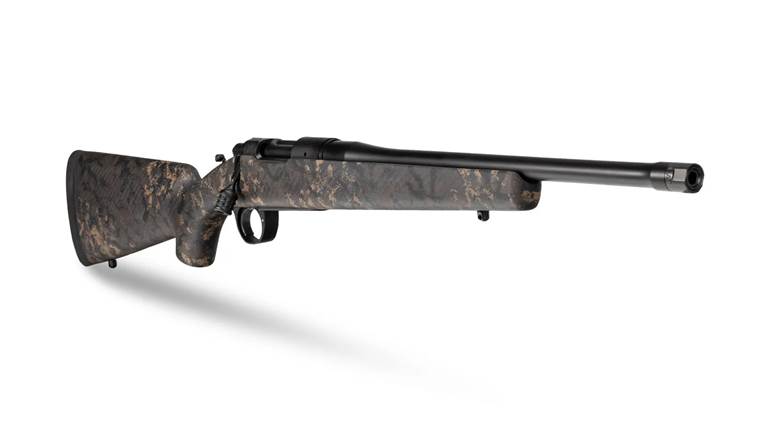
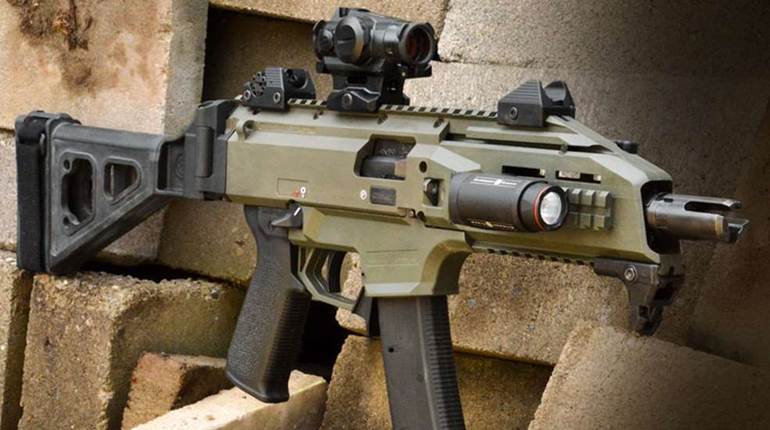





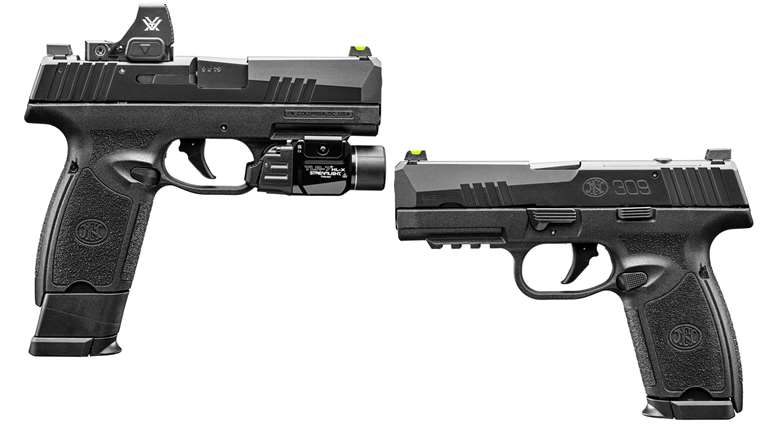
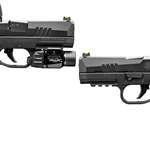

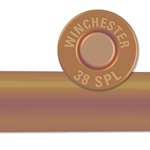
![Oconnor Small[67]](/media/bu2le2tp/oconnor-small-67.jpg?anchor=center&mode=crop&width=770&height=430&rnd=134126774953630000&quality=60)
![Oconnor Small[67]](/media/bu2le2tp/oconnor-small-67.jpg?anchor=center&mode=crop&width=150&height=150&rnd=134126774953630000&quality=60)



